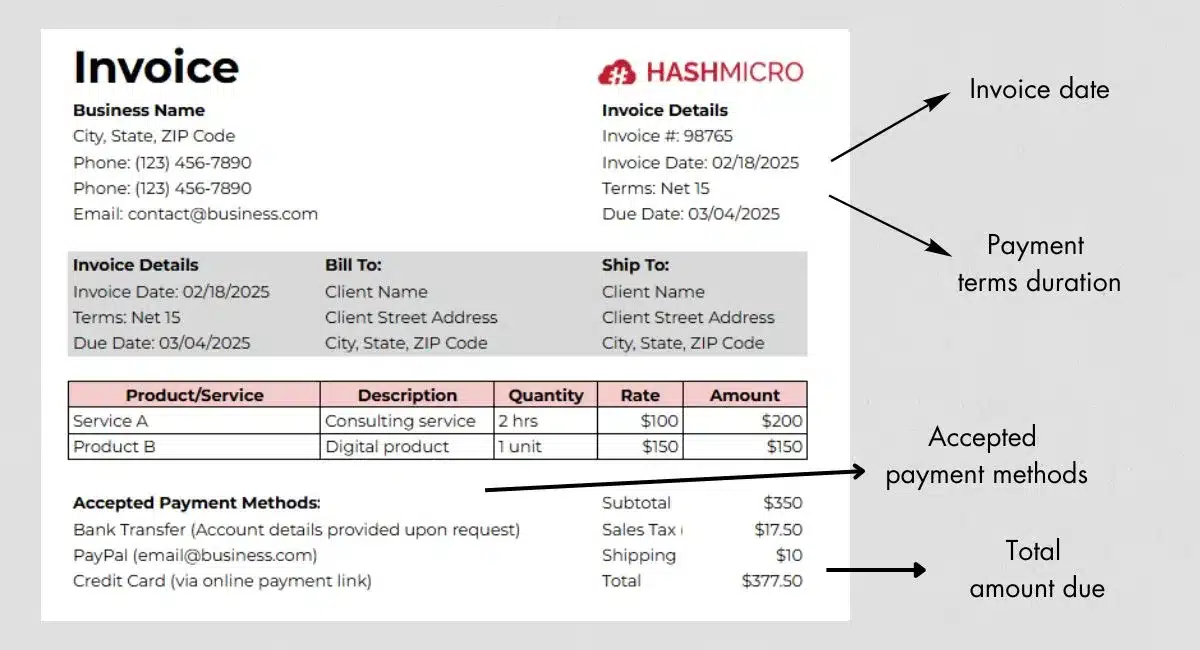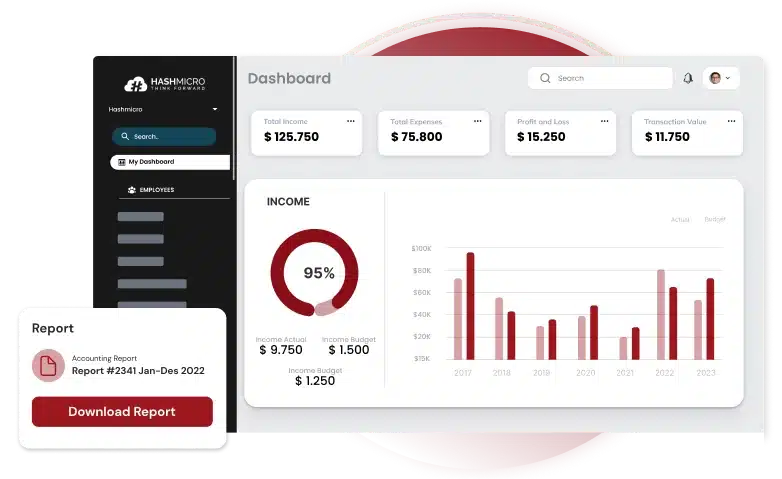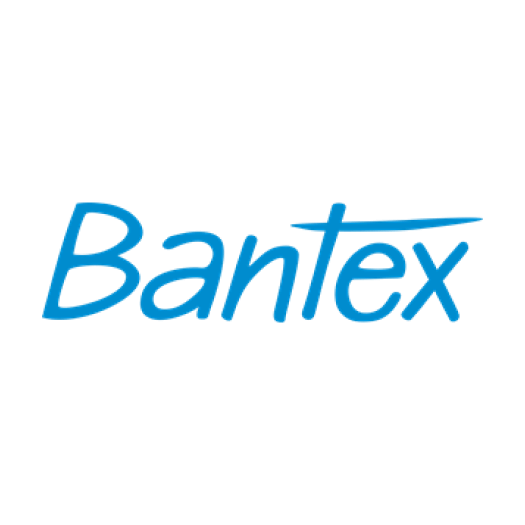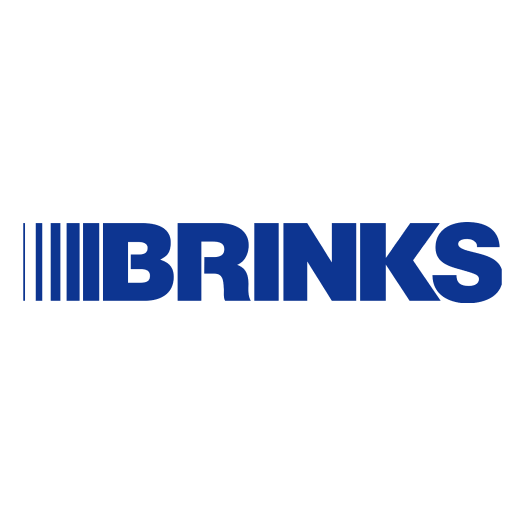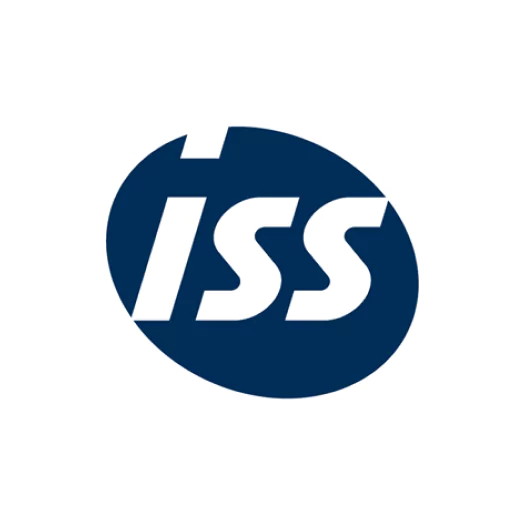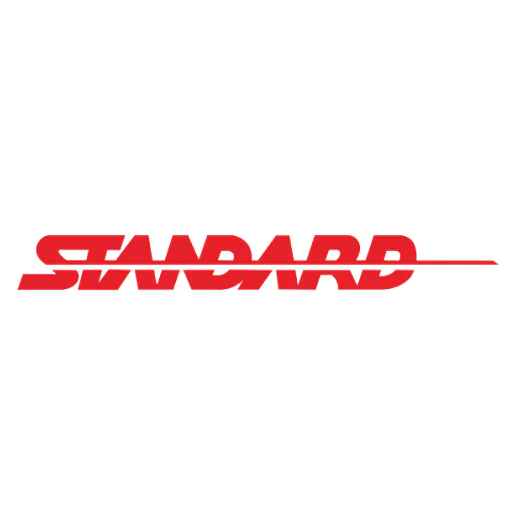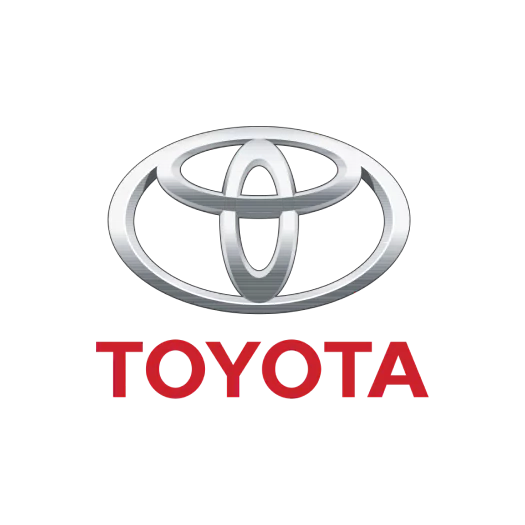Payment terms are an agreement between the seller and the buyer regarding the payment schedule for a business transaction. In the business world, the payment term determines when the payment must be completed and how it should be made.
The global accounting software market is projected to reach $19 billion by 2026, indicating a growing dependence on cloud-based solutions to enhance financial management and streamline payment processes.
As a solution, HashMicro Accounting Software offers a comprehensive term of payment management feature that allows businesses to track, manage, and automate the payment process efficiently.
This article will explore the definition of payment terms, their purpose for businesses, and the different types of these terms.
Table of Content:
Table of Content
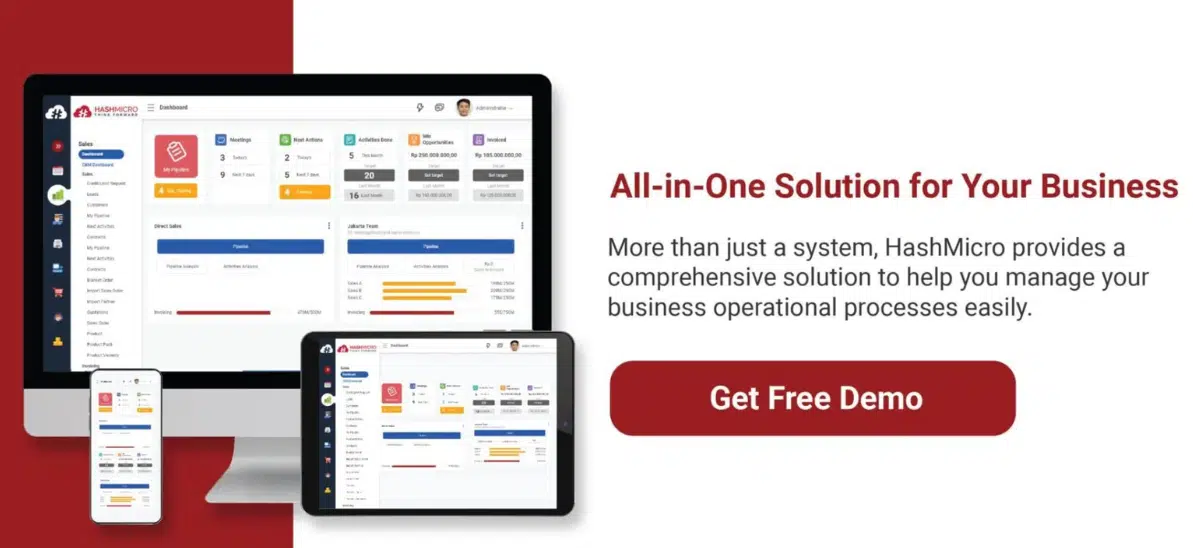
Key Takeaways
|
What is a Payment Term?
A payment terms is an agreement between the seller and the buyer regarding the timing and method of payment in a business transaction. This agreement determines when and how the payment should be made, helping both parties manage their finances effectively.
Payment terms include the due date, payment method, applicable discounts, and the consequences of late payments.
Payment term meaning refers to the specific conditions agreed upon by the buyer and seller regarding the timing and method of payment for goods or services. These terms define when payment is due, how it should be made, and any penalties or discounts associated with early or late fees.
Common payment terms include cash on delivery (COD), net 30 (payment made within 30 days after receiving the purchase invoice), and monthly installment plans.
Different Types of Payment Terms
Understanding payment terms is crucial for businesses to manage cash flow and maintain sound financial practices. These terms can be categorized based on their use in invoicing, purchasing, and international trade.
Payment terms in invoicing
When invoicing, it’s important to include general payment terms that clarify expectation of paid and prevent disputes. These usually include:
- Invoice date: The date the invoice was issued.
- Amount due: The total payable amount.
- Due date: When the payment must be completed.
- Accepted payment methods: Bank transfers, credit cards, digital wallets, etc.
- Installment agreements: If the payment is structured over multiple periods.
- Advance payments: Deposits are required before work begins.
Using structured and numbered invoices ensures proper record-keeping and financial tracking. Recurring invoices help maintain stable cash flow, especially for businesses with long-term clients.
Payment terms for purchasing
Different payment terms define how and when payments should be completed when purchasing. Common terms include:
- Payment in Advance (PIA): The buyer pays before delivering goods or services.
- Cash on Delivery (COD): Payment is made at delivery time.
- Line of Credit (LOC): The buyer purchases on credit and repays in installments.
- Net 7, 15, 30, 60, 90: Payment is due a specific number of days after the invoice date.
These terms ensure flexibility while protecting sellers from non-payment risks. Businesses must carefully choose terms that align with their financial capabilities.
Payment terms in international trade
International trade involves additional payment terms defining shipping responsibilities, duties, and security. These include:
- FOB (Free on Board): The seller pays the costs until the goods are on board, at which point the buyer assumes responsibility.
- CIF (Cost, Insurance, and Freight): The seller covers transport and insurance until the goods arrive at the buyer’s port.
- DDP (Delivery Duty Paid): The seller handles all costs and risks until the goods reach the buyer.
These terms help businesses navigate cross-border transactions while ensuring shipping and payment obligations clarity.
Key Elements of Effective Payment Terms
Well-defined payment terms help businesses manage transactions efficiently and minimize disputes. Here are five crucial components to include:
1. Payment due date
Specifies the deadline for payment, such as Net 30 or End of Month (EOM). Clearly stating when payments are due helps buyers meet their obligations on time and allows businesses to maintain a steady cash flow.
2. Payment methods
Lists the accepted payment options, such as bank transfers, credit cards, or PayPal. Clearly outlining these methods prevents confusion and ensures smoother transaction processing, reducing potential payment delays.
3. Late payment penalties
Defines any applicable late fees or interest charges for overdue payments. This encourages buyers to pay on time and helps businesses protect their cash flow from disruptions caused by late payments.
4. Early payment discounts
Provides incentives for early payments, such as “2/10 Net 30” (a 2% discount if paid within 10 days). This benefits both parties—buyers save money, while sellers receive payments faster, improving cash flow.
5. Advance payment requirements
Specifies whether full or partial payment is required before delivery. This is common in industries like manufacturing and custom orders, providing financial security to sellers before starting a project.
Including these key elements in your terms helps streamline transactions, reduce misunderstandings, and improve your business’s financial stability.
How to Use Payment Terms
Businesses must clearly define payment terms in contracts and invoices to use them effectively. This includes due dates, payment methods, and penalties for late payments to prevent misunderstandings.
Communicating payment terms upfront is crucial for maintaining trust. Using invoicing software helps automate reminders and track payments, ensuring smoother transactions.
Consistency in enforcing payment terms is key, but flexibility can be offered when needed. Structured solutions like installment plans can help, but clear policies must remain to minimize financial risks.
How to Set Payment Terms
To set payment terms, businesses must define due dates, payment methods, and penalties for late payments. Offering early payment discounts can also encourage faster transactions. Clear agreements help prevent disputes and ensure smooth cash flow.
Using an accounting system simplifies payment term management. It automates invoicing, tracks due dates, and sends reminders to reduce overdue payments. This ensures better cash flow management with minimal manual effort.
Example of Payment Terms on an Invoice
When issuing an invoice, it is essential to clearly outline the payment terms to ensure both parties understand the due date, accepted payment methods, and any additional conditions. Invoice payment terms specify how long the client has to pay, any late payment penalties, and available payment methods.
Below is an example of how these terms can be presented on an invoice and additional conditions to maintain clarity and professionalism.
By including clear terms, businesses can improve cash flow, minimize late payments, and maintain strong client relationships.
You can also explore other articles about the best accounting software to help streamline financial management, automate transactions, and improve cash flow efficiency.
Simplify Payment Term Creation with HashMicro Accounting System
Efficient financial management is crucial for maintaining business continuity and growth. One key aspect that requires proper handling is creating and managing payment terms.
This is where the HashMicro accounting system serves as an effective solution. With its intuitive automation features, HashMicro allows users to set various payout terms easily.
This automation process reduces the risk of human error and speeds up invoice creation, ensuring all these term details are accurately recorded. Here are some key features of the HashMicro accounting system that can help simplify the terms in your company:
- Bank Integration – Auto Reconciliation: This feature enables users to integrate their bank accounts, allowing transactions to be automatically matched within the accounting system.
- Multi-Level Analytical: Provides financial data analysis at multiple levels, helping users understand business performance from different perspectives.
- Profit & Loss vs. Budget & Forecast: This tool allows users to compare profit and loss reports with budgets and projections, evaluating actual performance against financial plans.
- Cash Flow Reports: Offers an overview of cash inflows and outflows over a specific period, helping businesses monitor liquidity and plan future financial needs.
- Forecast Budget: Enables users to plan budgets based on historical data analysis and future projections, helping businesses make better decisions regarding expenses and investments.
- Custom Printout for Invoices: Allows users to print invoices with customizable designs and formats, helping companies establish a professional brand identity in their billing documents.
All these features work synergistically to provide convenience and accuracy in managing these terms, helping businesses achieve their financial goals more effectively.
Conclusion
Payment terms regulate the payment agreement between sellers and buyers, including the agreed-upon schedule and methods. These terms cover various aspects, such as due dates and penalties for late payments.
Practical terms help businesses plan their cash flow and encourage customers to fulfill their payment obligations on time.
The HashMicro accounting system offers various features that simplify the creation and management of payment terms. HashMicro enables users to easily manage cash flow, conduct financial analysis, and generate invoices.
By signing up for a free demo, you can explore all the features and functionalities offered and see firsthand how HashMicro can support your business growth and success.
FAQ About Payment Terms
-
What is the standard payment term in Singapore?
There is no legally mandated standard payment term in Singapore. Payment terms are determined by the contractual agreement between the payer and the recipient.
-
What are the 3 methods of payment?
The three primary payment methods are cash, credit cards, and debit cards.
-
How do you write a payment term?
Payment terms should be clear, fair, and legally compliant. Include key details like the due date, accepted payment methods, and late payment policies. Use plain language and minimize complex jargon.





